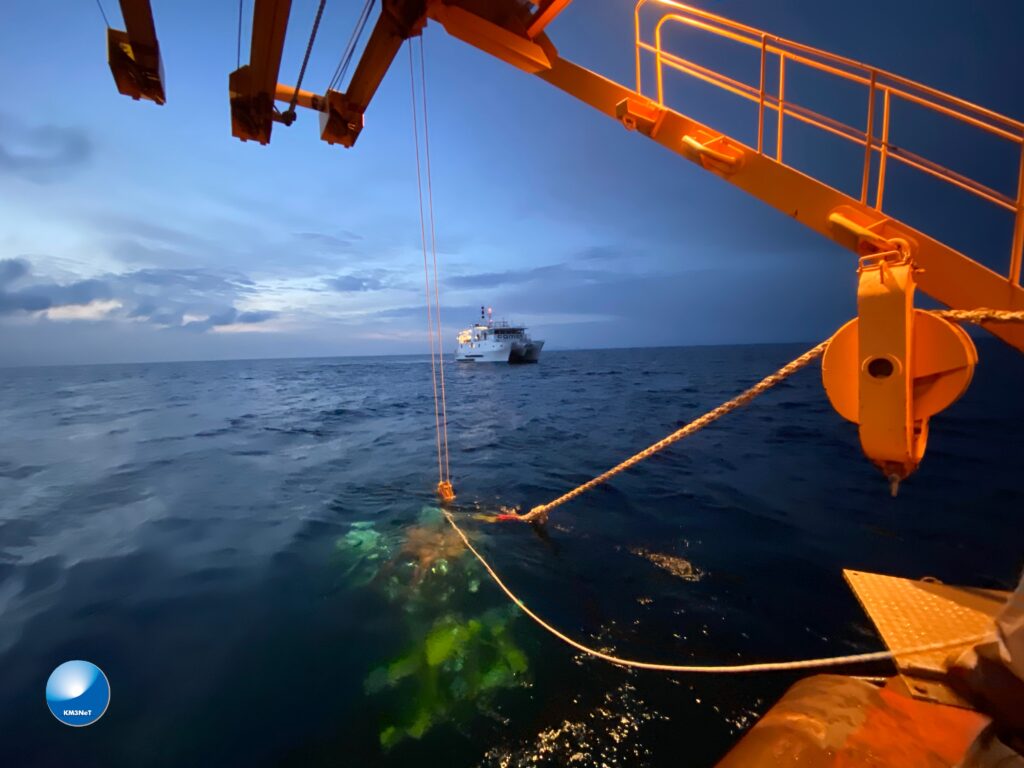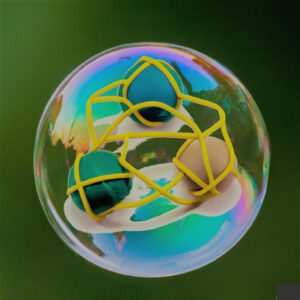2022 at a glance
The Lab

Strict COVID restrictions are now a thing of the past and normality has almost resumed. After a couple of years of solely online meetings, collaboration meetings in-person started again.
The renovation of the laboratory is taking more time than expected with consequences for the effectiveness of the technical workshops and experimental physics groups.
The Russian invasion of Ukraine in February 2022 had serious research consequences. Experiments have restricted collaboration with Russian counterparts. Controversies concerning Russian authorship have led to a backlog of unpublished LHC papers.
LHC Physics

On 5 July at 4.47 PM, the Large Hadron Collider (LHC) detectors started recording high-energy collisions at the unprecedented energy of 13.6 TeV; starting Run 3 of the LHC. After over three years on hiatus and years of upgrade and maintenance work, the LHC is now set to run for four years. The ATLAS experiment can expect to receive more collisions during this physics run than in the two previous physics runs combined, while LHCb, which underwent a complete revamp during the shutdown, can hope to see its collision count increase by a factor of three. Meanwhile, ALICE, the detector for studying heavy-ion collisions, can expect a fifty-fold increase in the total number of recorded ion collisions, thanks to the recent completion of a major upgrade. A test using collisions of lead ions was carried out in the Large Hadron Collider (LHC), ahead of next year’s lead-lead physics run. On November 28, the successful 2022 physics run ended.

Throughout the year, we saw important new results coming from the full LHC Run 2 dataset. These included a measurement of top quark production along with a photon from ATLAS: a rare phenomenon that offers a tool for exploring new physics. Both ATLAS and CMS looked back at the 10-year discovery of the Higgs particle in overview papers. A highlight from the ALICE experiment was the first direct observation of a phenomenon known as the dead cone effect, which gives access to the mass of the charm quark. LHCb continued to enlarge its inventory of new exotic particles, adding a new pentaquark and the first two tetraquarks ever to be observed. LHCb’s precision was further shown in the measurement of the largest matter-antimatter asymmetry so far observed in particle decays.
Astroparticle Physics and Theory

An important event for the gravitational-wave detector community happened in spring. The Dutch government decided to invest 42 million euros from the National Growth Fund into preparatory work for the Einstein Telescope. In addition, an additional 870 million euros has been reserved, which would allow the Netherlands, together with Belgium and Germany, to apply to host the facility. A project office has been set up in Maastricht, where preparations and research for the border region come together in one place. This includes geology and seismology, planning and legal aspects, communication, and stimulating an innovative ecosystem around the Einstein Telescope. Andreas Freise recently succeeded Jo van den Brand as European project director. It is anticipated that around 2025, a decision will be made on where in Europe this new super-sensitive gravity wave observatory will be built: possibly in South Limburg.

For KM3NeT, in 2022 a total of 18 detector lines were deployed, 5 repaired and 3 more made ready for deployment. Now 35 lines are providing quality data. This year, an important step has been set for the financing of the project with significant regional funds, obtained in Italy and France. First limits for astrophysical point searches have been presented, as well as results for the galactic plane and analysis to various multi-messenger transient alerts. With the additional data acquired in 2022 the sensitivity to neutrino oscillations has grown considerably. The year 2022 saw the dismantling of the ANTARES detector after more than 15 years of operation.
The XENON collaboration has released the first results from its new and more sensitive experiment, XENONnT, with just one-fifth of the electronic recoil background of its predecessor, XENON1T. The absence of an excess in the new data indicates that the origin of an earlier reported XENON1T signal was trace amounts of tritium in the liquid xenon, one of the hypotheses already considered at the time. This now leads to very strong limits on new physics scenarios originally invoked to explain an excess. The existing data is being further analyzed to search for weakly interacting massive particles (WIMPs). Meanwhile, XENONnT is collecting more data.
The Pierre Auger Collaboration has found an indication that some galaxies may be better partners for cosmic rays at the highest energies than others. Some years ago, the Pierre Auger Collaboration reported the first observational evidence that cosmic rays originate from much further away than our own Galaxy, by studying more than 30,000 cosmic rays with energies greater than 1 Joule. By now studying the arrival direction of nearly 900 cosmic rays with energies larger than 6 Joules (39 x 10¹⁸ eV), the collaboration found that about 10% of those cosmic rays cluster within 13° of the directions of starburst galaxies: active galactic nuclei with a supermassive black hole and powerful jets, and starburst galaxies, which undergo an episode of exceptionally high rate of star formation.

Interesting news has come from the theory group: a new approach based on machine learning while using the largest experimental dataset ever, showed for the first time the existence at a 3-sigma level of an intrinsic content of the charm quark in the proton, apart from the basic up and down quarks. The findings are consistent with recent data on Z production with charm jets from the LHCb experiment, but not yet statistical significant enough to claim a discovery.